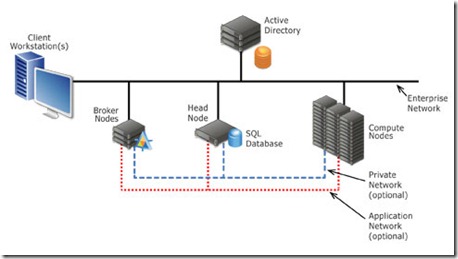Microsoft announced the following, the public release availability of SCVMM 2012 Beta.
With this release you will be able to do:
- Fabric Management
- Hyper-V and Cluster Lifecycle Management – Deploy Hyper-V to bare metal server, create Hyper-V clusters, orchestrate patching of a Hyper-V Cluster
- Third Party Virtualization Platforms – Add and Manage Citrix XenServer and VMware ESX Hosts and Clusters
- Network Management – Manage IP Address Pools, MAC Address Pools and Load Balancers
- Storage Management – Classify storage, Manage Storage Pools and LUNs
- Resource Optimization
- Dynamic Optimization – proactively balance the load of VMs across a cluster
- Power Optimization – schedule power savings to use the right number of hosts to run your workloads – power the rest off until they are needed.
- PRO – integrate with System Center Operations Manager to respond to application-level performance monitors.
- Cloud Management
- Abstract server, network and storage resources into private clouds
- Delegate access to private clouds with control of capacity, capabilities and user quotas
- Enable self-service usage for application administrator to author, deploy, manage and decommission applications in the private cloud
- Service Lifecycle Management
- Define service templates to create sets of connected virtual machines, os images and application packages
- Compose operating system images and applications during service deployment
- Scale out the number of virtual machines in a service
- Service performance and health monitoring integrated with System Center Operations Manager
- Decouple OS image and application updates through image-based servicing.
- Leverage powerful application virtualization technologies such as Server App-V
Production Support: The SCVMM 2012 Beta is NOT Supported in production environments.
Resources and Feedback:
Use the SCVMM Community Forums to obtain general help, guidance, and assistance with the SCVMM 2012 Beta. You are welcome to submit suggestions or bugs via the feedback link on the SCVMM 2012 Beta Connect Site. When submitting bugs, please attach trace log details to help our team diagnose the issue. Information on collecting trace logs is provided in the SCVMM 2012 Troubleshooting Guide on SCVMM 2012 TechNet Library.
TechNet Library
The SCVMM 2012 TechNet Library is the definitive content source for all step-by-step instructions.
Go more information go here


